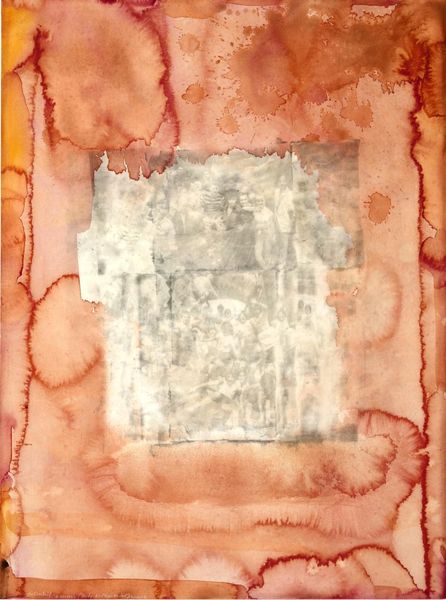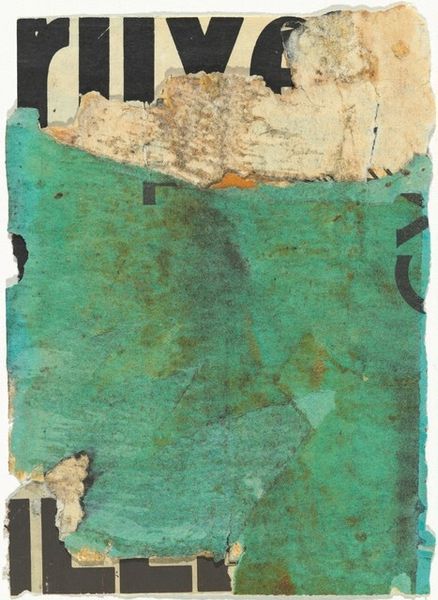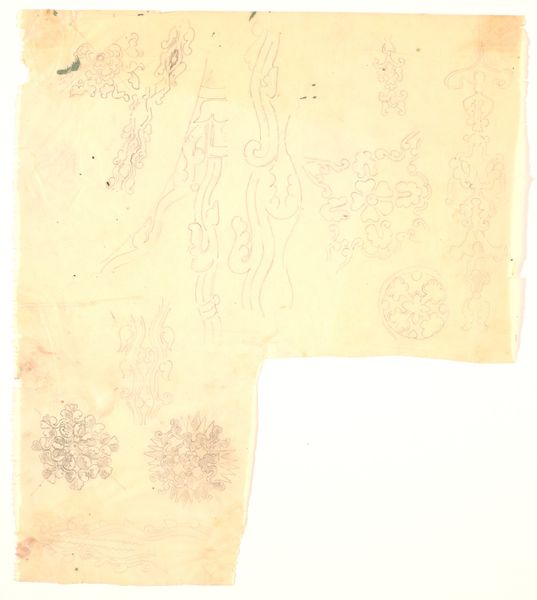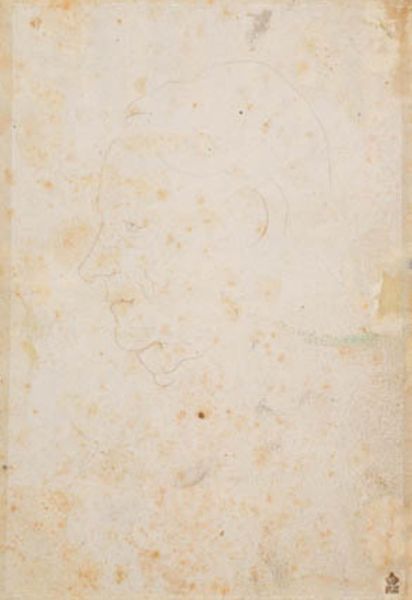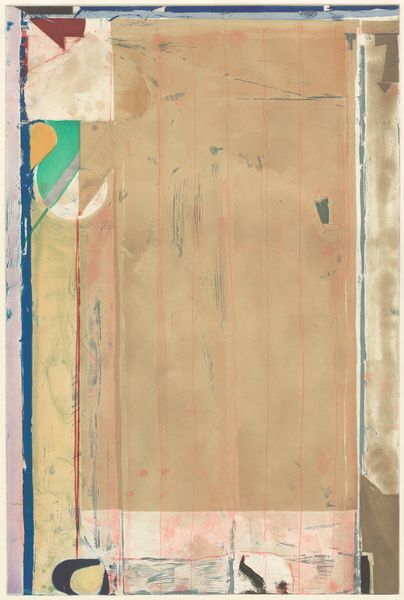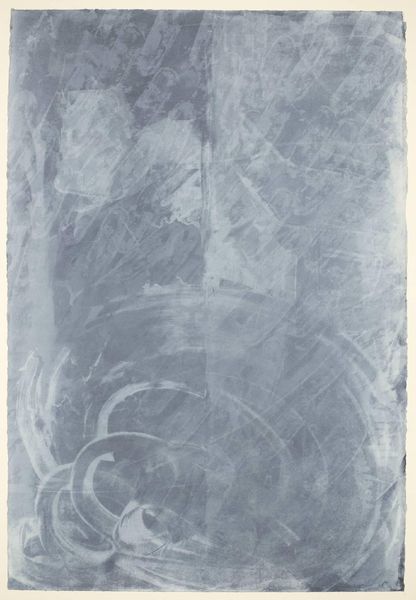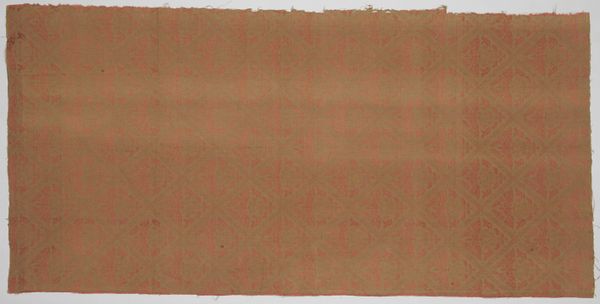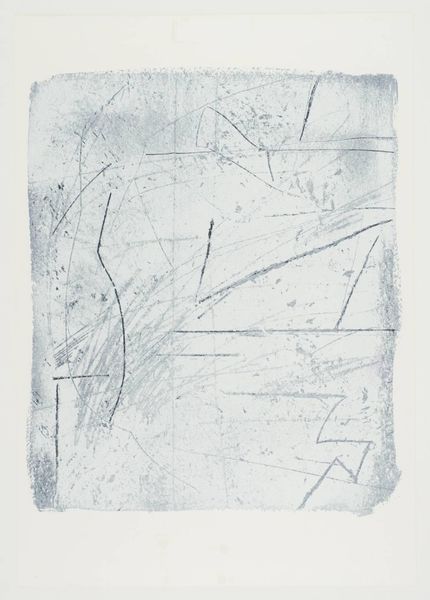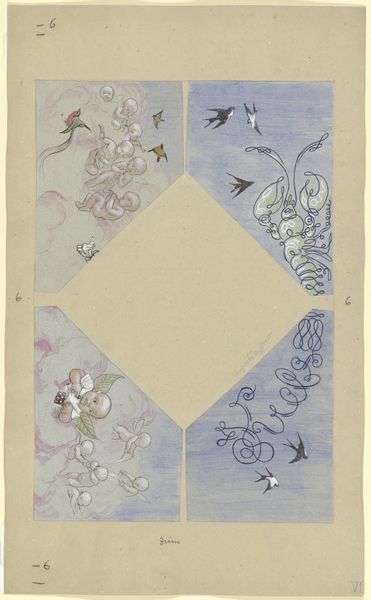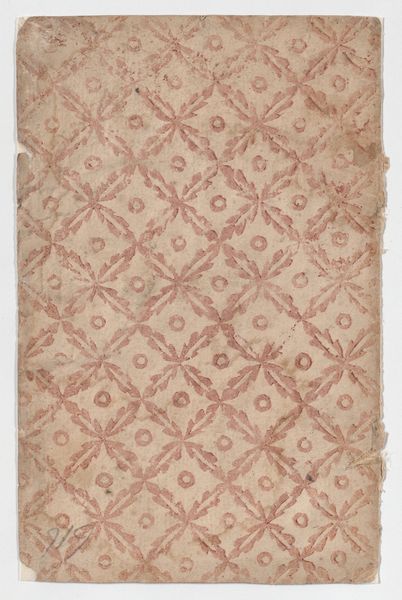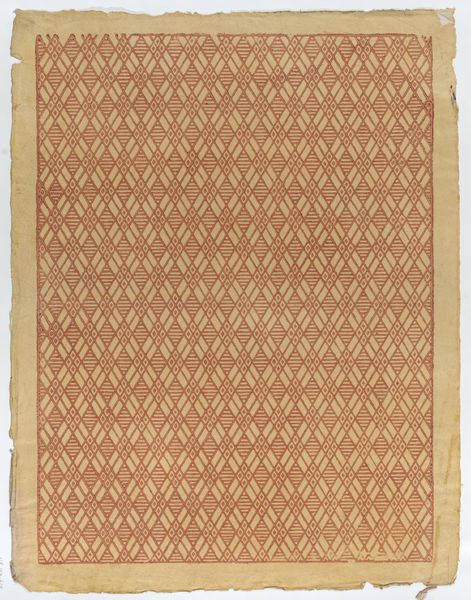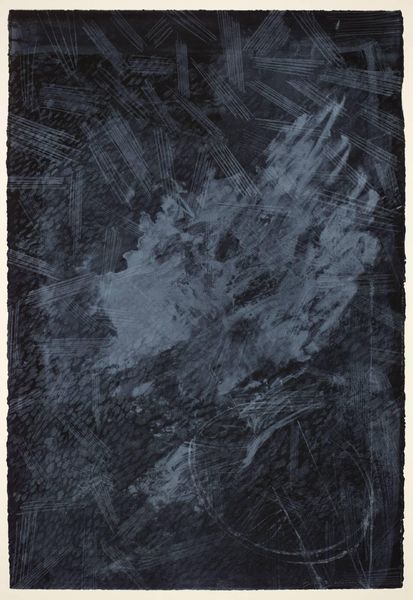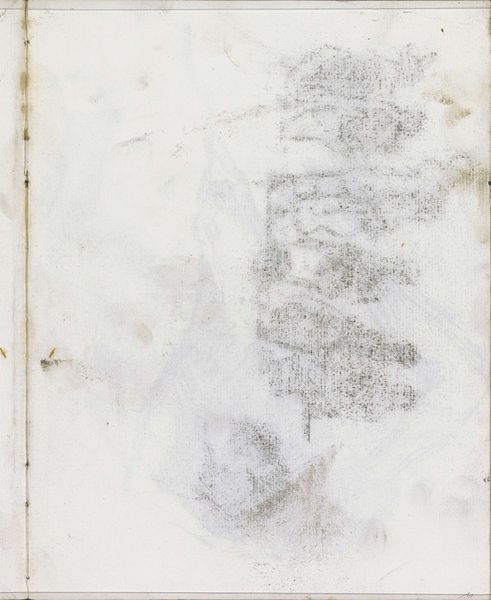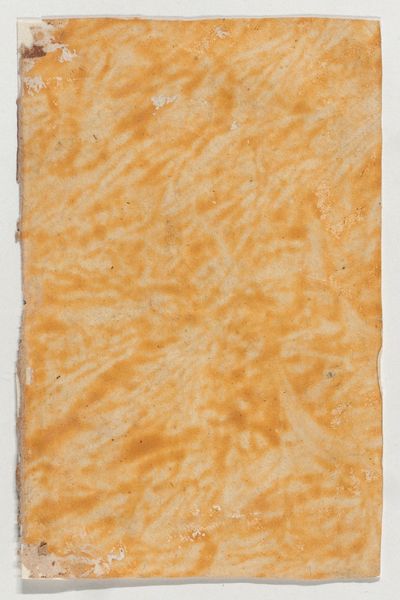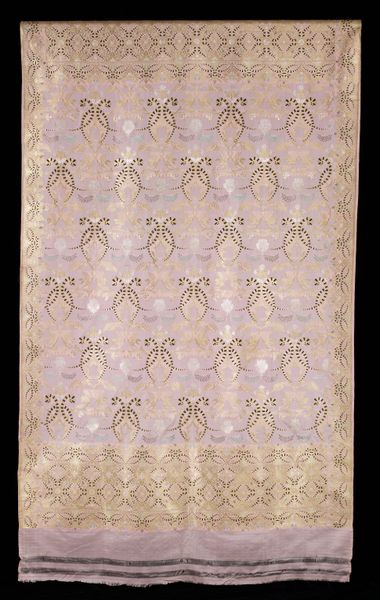
collage, tempera, paper, watercolor
#
collage
#
water colours
#
tempera
#
pastel colours
#
paper
#
watercolor
#
coloured pencil
#
abstraction
#
surrealism
#
watercolor
Copyright: Gherasim Luca,Fair Use
Editor: This is Gherasim Luca's "Transpercer la transparence (8)" from 1951, a collage incorporating watercolor, tempera, and coloured pencil on paper. It’s incredibly delicate. The translucent layering gives the impression of floating, ethereal planes. What draws your eye to this work? Curator: The layering, you're right, is key. Luca’s manipulation of materials here points directly to his artistic process. This isn't just about depicting something; it’s about the act of making and revealing. How does the use of collage contribute to this concept of revealing? Editor: It’s like he’s deliberately obscuring and then partially unveiling, using the material’s properties – transparency – to his advantage. It feels deliberate, the assembly of these translucent materials. Curator: Exactly. It's important to note Luca’s context. Post-war Europe witnessed an art that questioned traditional structures. His involvement with the Surrealist movement encouraged artistic experimentation with readily available, and even discarded, materials as a response to societal upheaval. The fragility hints to broader questions around material scarcity and artistic labor. Editor: So, by focusing on accessible materials like paper, Luca perhaps critiques the art world's dependence on traditional media? Curator: Precisely. This challenges established hierarchies in art. How do you think the “craft” element elevates its social commentary in “Transpercer la transparence?” Editor: I now notice a juxtaposition. The 'high art' surrealist composition meets the almost domestic quality of craft materials, maybe leveling those historical biases. Curator: Yes, considering art as embedded within production means enables an even broader social critique. I now see the subtle beauty within his commentary on artmaking in a transforming postwar-era landscape. Thank you!
Comments
No comments
Be the first to comment and join the conversation on the ultimate creative platform.
